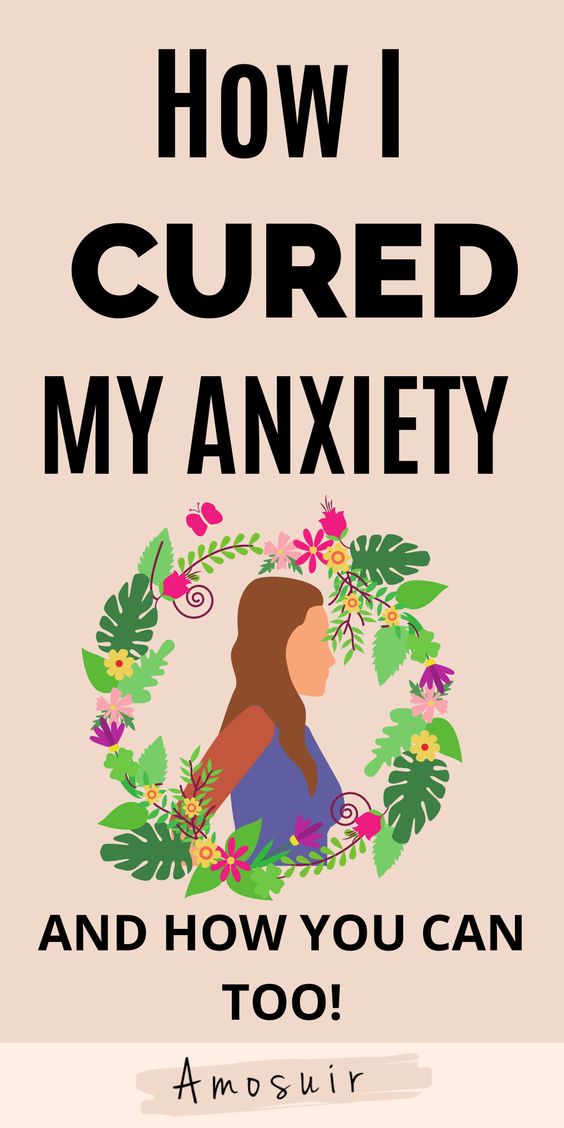Many people feel nervous or anxious during social gatherings or public performances. It is normal for some people to feel anxious or nervous during a public performance. However, for others who have it frequently it may be an indicator of an underlying mental condition.
SAD, or seasonal affective disorder (SAD), is an extremely common condition in the United States. It has a prevalence up to 12 percent over a lifetime. SAD symptoms usually appear during childhood or adolescence and can lead to serious mental problems, such as addiction and depression. Undiagnosed and untreated SAD can also affect cognitive function, which in turn will negatively impact quality of life.
How to Identify Social Anxiety
Social anxiety manifests as extreme feelings of worry and fear, either in social situations or even when contemplating social situations.
SAD can make a variety of products.
- They believe that they will end up in an embarrassing scenario
- They are very sensitive to what other people think about them
- You may feel self-conscious around others
- They are worried because they believe that people will laugh at them or reject their attempts to make friends.
You should seek help if you see any of the following signs.
The role of CBT for managing SAD
Researchers have shown that cognitive behavioral therapy can help reduce social anxiety disorder.
A study by University of Zurich researchers found that the treatment of anxiety disorders involves alterations in key brain structures involved with processing and controlling emotions. The more significant the change, the better treatment result.
Researchers said that psychotherapy “normalizes brain changes related to social anxiety disorder” when discussing the role played by the therapy.
What is CBT?
According to reports, CBT is the most effective psychotherapy in treating SAD. The CBT treatment for SAD involves the correction of social cognitions that are maladaptive.
The therapist acts as a coach during a CBT treatment. The therapists present the patient an opportunity to learn and then guide him on how to react and interpret the situation. The patient’s fears are exposed as the treatment proceeds, and he is given the confidence to deal with them.
Social phobia can be treated more effectively with CBT techniques that target specific vulnerabilities or maintenance factors of SAD. One of the CBT techniques asked a patient who was afraid of disturbing others and thought she wasn’t intelligent enough to become the focus of attention to do several tasks that targeted her weakness.
To target her reluctance of being in the spotlight and to cause others inconvenience, it was suggested that she interrupt people at a restaurant so as to prepare a toast to be used for the maid-of-honor speech. To target her fears of not being intelligent, she had to ask strangers to read back covers of books in a store because she could not read.
CBT helps people who suffer from SAD to identify their negative thinking patterns, and then replace these with more positive affirmations. A patient might learn how to substitute “Oh my god!” with “I don’t fit here.” It’s not right here. I’m sure I won’t enjoy it, but there’s no need to worry about that. You could also replace “The others in the home are expecting me do something wrong with” “People are watching me, but I’ve got other things to take care of.”
CBT helps people develop skills for managing anxiety and physical symptoms in social situations.
Both group therapy and individual therapy can use CBT. In the traditional group therapy, two therapists work with a group between four and six patients for a session lasting 30 minutes over a period of 12 weeks. Individual treatment involves 60-minute sessions every two weeks or once a week, depending on severity and personal factors. Patients are expected to be present for the entire 15-week period. The group CBT sessions are beneficial because they expose the patient to real social situations, which can be helpful in overcoming social anxiety.
Near you, CBT is available
SAD patients have different responses and symptoms to social situations. They need a CBT that is tailored for them.




